You asked for it and we listened. In this column, we ask operators of all sizes and from all walks of the industry a question about their business and report their answers so you can assess how your own company compares to your peers. If you would like to participate, please email Rob Smentek at rob@chauffeurdriven.com for next issue’s question.
TOPIC: How long is your chauffeur training program? What are the three most important things you cover?
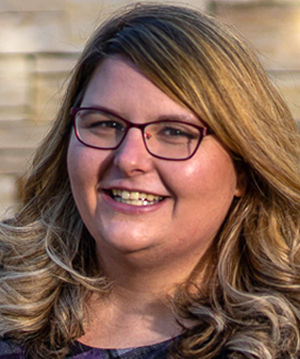 Depending on our company’s volume and the experience of the new hire, our initial training program typically lasts one to two weeks. The top three things that we encompass in our training are:
Depending on our company’s volume and the experience of the new hire, our initial training program typically lasts one to two weeks. The top three things that we encompass in our training are:
- The administrative side of things with an in-office day-long program onboarding the chauffeur into our software, reviewing our policy manual, ensuring all apps are downloaded and accessible, etc. During this step we also set them up on PAX Training, which they are required to complete prior to being offered live trips.
- We have chauffeurs complete a multi-day “tour” and ride-along program with our chauffeur manager to witness exactly how chauffeur service works on pre-approved in-house client trips and utilize the downtime in between trips to take them to all local landmarks, FBOs, hotels with unique parking areas, etc.
- New chauffeurs are tiered into the types of trips they are offered (starting with easier trips and smaller vehicles before being moved to harder trips with specialty vehicles) and “secret shopped” on a live run within the first seven days on their own.
ExecuStar World Class Transportation in Highlands Ranch, Colo.
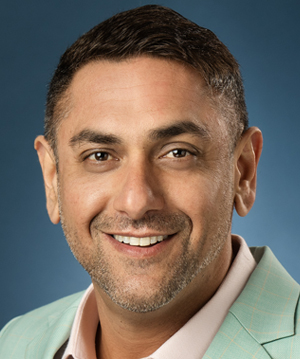 Our chauffeur training is ongoing and includes becoming certified in various types of trips such as airport transfers, concert and sporting events, weddings, funerals, and other specialized services where there may be unique expectations for the chauffeur. Our initial training program is a five-day course with the three most important focus areas being passenger safety, professional etiquette, and what to do if they are involved in a collision.
Our chauffeur training is ongoing and includes becoming certified in various types of trips such as airport transfers, concert and sporting events, weddings, funerals, and other specialized services where there may be unique expectations for the chauffeur. Our initial training program is a five-day course with the three most important focus areas being passenger safety, professional etiquette, and what to do if they are involved in a collision.
Harry Dhillon, President
Ecko Worldwide Transportation in Santa Clara, Calif.
 Our chauffeur training program typically spans three weeks. Initial training with the senior chauffeur is four to eight hours depending on experience. During this time, we prioritize three crucial aspects: comprehensive vehicle safety protocols, impeccable customer service etiquette, and proficient navigation skills to ensure timely and efficient transportation for our clients.
Our chauffeur training program typically spans three weeks. Initial training with the senior chauffeur is four to eight hours depending on experience. During this time, we prioritize three crucial aspects: comprehensive vehicle safety protocols, impeccable customer service etiquette, and proficient navigation skills to ensure timely and efficient transportation for our clients.
Karl Guenther, President & CEO
Statement Limousine in Sheffield Village, Ohio
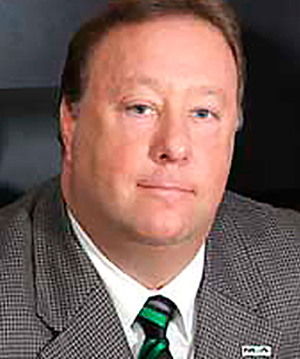 Our chauffeur training program runs 32 hours. The three most important things covered are customer service and etiquette, safety procedures, and company policies.
Our chauffeur training program runs 32 hours. The three most important things covered are customer service and etiquette, safety procedures, and company policies.
Jeff Greene, President
Greene Worldwide Transportation in Atlanta, Ga.
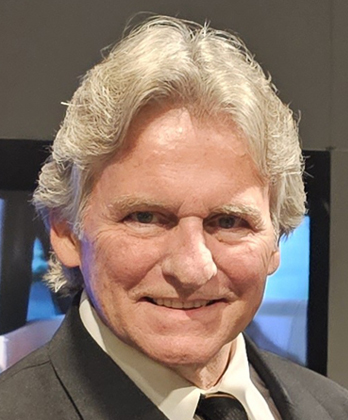 We have ongoing training with the PAX Training program. The top three things we focus on are exceeding the customer’s expectations, safety-first training, and car maintenance.
We have ongoing training with the PAX Training program. The top three things we focus on are exceeding the customer’s expectations, safety-first training, and car maintenance.
Patrick Helvey, Owner & President
Executive Town Car & Limousine Service in Roanoke, Va.
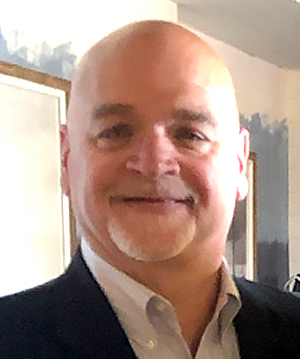 Our chauffeur training program has evolved over the years from a single day, primarily classroom review of our standards and expectations to a three-day comprehensive review of policies, procedures, expectations, as well as a closed and open-road driving test. We cover the history of our company, our company culture, and the importance of the simple fact that we encourage our staff to call with any questions that may occur during your first 30 days of employment.
Our chauffeur training program has evolved over the years from a single day, primarily classroom review of our standards and expectations to a three-day comprehensive review of policies, procedures, expectations, as well as a closed and open-road driving test. We cover the history of our company, our company culture, and the importance of the simple fact that we encourage our staff to call with any questions that may occur during your first 30 days of employment.
Len Joseph, President
On The Town Limousines in Frederick, Md.
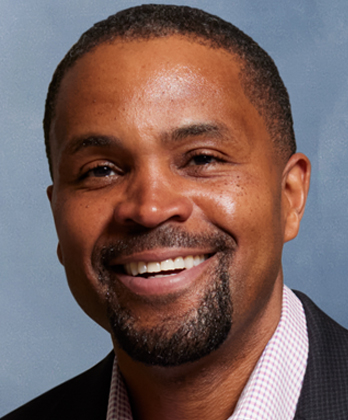 The duration of new-hire training here varies and is contingent upon the trainee’s prior experience, and ranges from one to two weeks. Following an initial training period, there is additional follow-up training spread over the next three months. The initial training focuses on key areas such as our internal procedures and service standards, safe driving practices, and knowledge of local geography. Additionally, given the increasing technological advancements in vehicles, a portion of our training is dedicated to acquainting our trainees with the features across all the different types of vehicles in our fleet.
The duration of new-hire training here varies and is contingent upon the trainee’s prior experience, and ranges from one to two weeks. Following an initial training period, there is additional follow-up training spread over the next three months. The initial training focuses on key areas such as our internal procedures and service standards, safe driving practices, and knowledge of local geography. Additionally, given the increasing technological advancements in vehicles, a portion of our training is dedicated to acquainting our trainees with the features across all the different types of vehicles in our fleet.
Shariff McMichael, President & CEO
Dav El/BostonCoach in Everett, Mass.
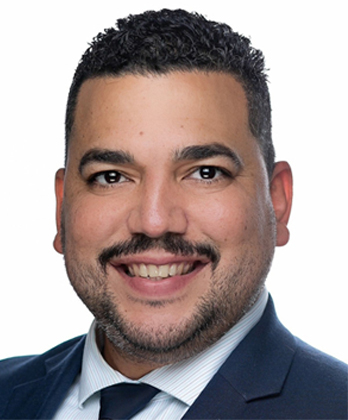 Before the chauffeur gets behind the steering wheel, these are our top three focuses:
Before the chauffeur gets behind the steering wheel, these are our top three focuses:
- A comprehensive program should prioritize teaching defensive driving techniques to ensure that chauffeurs can respond effectively to various road conditions and potential hazards.
- Chauffeurs often interact directly with clients, so training should emphasize professionalism, excellent communication, and superior customer service to create a positive and enjoyable experience for passengers.
- A thorough understanding of vehicle maintenance and knowledge of emergency procedures are crucial for chauffeurs. This includes routine vehicle checks, basic troubleshooting, and the ability to handle unexpected situations or emergencies on the road.
Robert Rodríguez, President & CEO
First Class Destination Solutions in Carolina, Puerto Rico
 We have recently hired a full-time chauffeur/talent trainer. The first thing we are doing is completely re-creating our chauffeur training program. Currently, it’s about three days, and the new program will probably be about a week. For CDL chauffeurs, it could be an additional day or two.
We have recently hired a full-time chauffeur/talent trainer. The first thing we are doing is completely re-creating our chauffeur training program. Currently, it’s about three days, and the new program will probably be about a week. For CDL chauffeurs, it could be an additional day or two.
The trainer will do everything from onboarding to company standards to ensuring pre/post trips are done properly, along with all their paperwork for DOT.
The three most important things to cover are safety, safety, and safety. In addition, hospitality and providing peace of mind for our clients are critically important.
Tracy Salinger, President
Unique Limousine in Harrisburg, Pa.
 We divide our drivers into three categories: non-CDL (sedan and SUV chauffeur), charter bus drivers, and shuttle/school drivers. Since we typically hire trained CDL drivers for the latter two and/or drivers with some type of driving experience, we have the new employee shadow a senior driver for two days and then provide a one-day online training with a new defensive driving course.
We divide our drivers into three categories: non-CDL (sedan and SUV chauffeur), charter bus drivers, and shuttle/school drivers. Since we typically hire trained CDL drivers for the latter two and/or drivers with some type of driving experience, we have the new employee shadow a senior driver for two days and then provide a one-day online training with a new defensive driving course.
We try not to teach them about policies all at once. We train them for the next two weeks and discuss each run that they will be doing, making sure they understand the layout for each day.
Jess Sandhu, Director of Operations
A&A Limousine & Bus Service in Kenmore, Wash.
 Chauffeur training is an ongoing process. Sure, you have initial training before releasing them into the wild and expecting them to do everything the way the owner wants; however, bad habits will present themselves over time and need to be corrected. Dash cams, ride alongs, and meetings can help, but wonderful and honest clients are your best tool to address some behaviors.
Chauffeur training is an ongoing process. Sure, you have initial training before releasing them into the wild and expecting them to do everything the way the owner wants; however, bad habits will present themselves over time and need to be corrected. Dash cams, ride alongs, and meetings can help, but wonderful and honest clients are your best tool to address some behaviors.
Quentin Shackelford, Owner
AllClassLimo.com in Wichita, Kan.
For our CDL chauffeur training program, we require a minimum of 10 hours in a minibus and 20 hours in a motorcoach actually driving with me. In addition, there are several days of training in the office and walk around the vehicle training/ADA, etc. Applicants are required to complete our PAX Training program prior to their first day of training.
If I had to pick only three keys, it would be safety/logging/connecting to ELD, knowledge of the equipment, and knowledge of the area.
For non-CDL training, chauffeurs will complete PAX Training as well and will spend at least three days with a supervisor (sometimes longer). The three keys above are covered, excluding logging and ELD use.
Shannon Vaught, Training and DOT Compliance Manager
AJL International in Irving, Texas
 Our initial chauffeur training program is five days, which includes an intro to our history, culture, and expectations; defensive driving instruction; PAX Training for lessons and testing; a road test; a day mirroring a senior chauffeur; and a review of their schedules with the dispatch manager. We closely monitor and check in with them for six weeks.
Our initial chauffeur training program is five days, which includes an intro to our history, culture, and expectations; defensive driving instruction; PAX Training for lessons and testing; a road test; a day mirroring a senior chauffeur; and a review of their schedules with the dispatch manager. We closely monitor and check in with them for six weeks.
Our key points:
- Safety: This is key in helping us mitigate the ever-increasing insurance rates. We stress the importance of the safety of our employees and customers, and we utilize both in-vehicle cameras and GPS to monitor driving habits and speed awareness.
- Customer service: Our clients expect premium service, and we train our chauffeurs to deliver a Ritz-Carlton experience.
- Communication: This is a critical component in providing our standard of high level of service. We stress the importance of clearly communicating with our customers as well as our dispatch team in order keep them updated with any trip deviations, outlying activities such as recent traffic issues, and their vehicle conditions.
Gem Limousine Worldwide in Woodbridge Township, N.J.
 Chauffeur training typically lasts 7-10 days. We have a training onboarding process, and there are no three points that are more important than other items. Each item on the checklist needs to be done before the chauffeur is released on their own.
Chauffeur training typically lasts 7-10 days. We have a training onboarding process, and there are no three points that are more important than other items. Each item on the checklist needs to be done before the chauffeur is released on their own.
Scott Woodruff, President
Majestic Limousine & Coach in Des Moines, Iowa
 As the roles of chauffeurs and drivers often tend to overlap, we train our chauffeurs to understand the key differences with a focus on three matters: appearance, homework of trip itineraries, and positive attitude in all communications.
As the roles of chauffeurs and drivers often tend to overlap, we train our chauffeurs to understand the key differences with a focus on three matters: appearance, homework of trip itineraries, and positive attitude in all communications.
Appearance encompasses car cleanliness, professional attire (well-tailored suit, a crisp shirt, a tie, and polished shoes), and overall presentation.
The level of preparation and attention to detail required when it comes to trip itineraries is also different. Chauffeurs are expected to conduct thorough research before each trip to ensure a stress-free experience for their clients.
Finally, regarding verbal or virtual communications, chauffeurs are expected to display a positive and professional demeanor as well as a level of discretion. They must possess excellent communication skills, listening attentively to passengers’ needs and preferences, and responding courteously and respectfully.
While chauffeurs and drivers share the common objective of transporting passengers, we highlight that the distinctions between these roles are significant.
Amy Yan, Co-Founder & Managing Partner
AmyExpress in Hong Kong, China
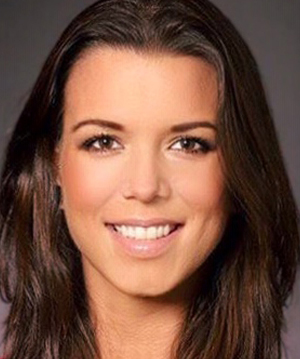 We invest approximately two weeks in rigorous training for those starting with a clean slate. Even for experienced chauffeurs, we dedicate at least one and a half weeks to ensure they align with our standards and ethos because we believe in cultivating ambassadors of luxury and professionalism.
We invest approximately two weeks in rigorous training for those starting with a clean slate. Even for experienced chauffeurs, we dedicate at least one and a half weeks to ensure they align with our standards and ethos because we believe in cultivating ambassadors of luxury and professionalism.
There are three crucial aspects we cover:
- Professionalism and etiquette: Beyond driving skills, we emphasize the importance of demeanor and presentation. Our chauffeurs are trained continuously to embody grace, discretion, and attentiveness by utilizing the PAX Training program.
- Safety and defensive driving: Safety is non-negotiable. Our program includes intensive training in defensive driving techniques (Smith System, SAFR), handling emergencies, and vehicle maintenance protocols. Whether navigating through busy city streets or serene wine country roads, our chauffeurs prioritize the safety and comfort of our guests.
- Concierge-level service: Our chauffeurs aren’t just drivers but knowledgeable guides and attentive concierges. They undergo training to familiarize themselves with the entire regions we serve, including wineries, attractions, and local insights.
Christina Zanone, General Manager
Beau Wine Tours in Napa, Calif.
We’ve loved hearing your answers to our benchmarking questions—but we always welcome suggestions for future topics, too!
Send an email to rob@chauffeurdriven.com you just might see your query answered in our next e-News.
[03.08.24]


